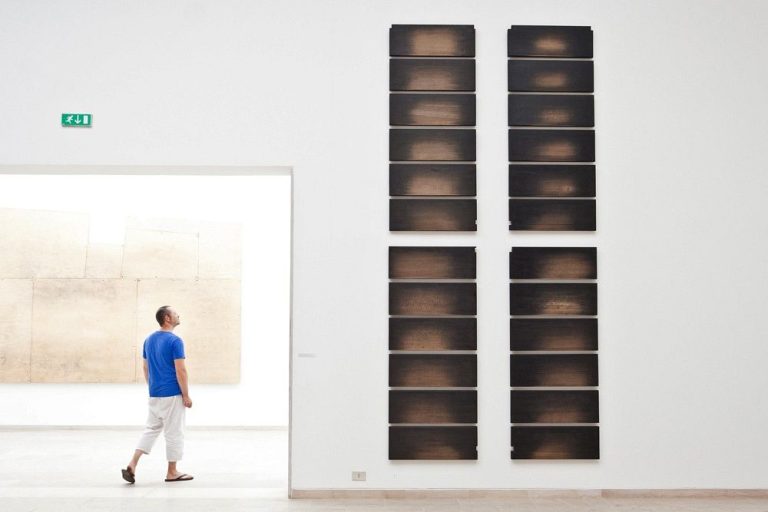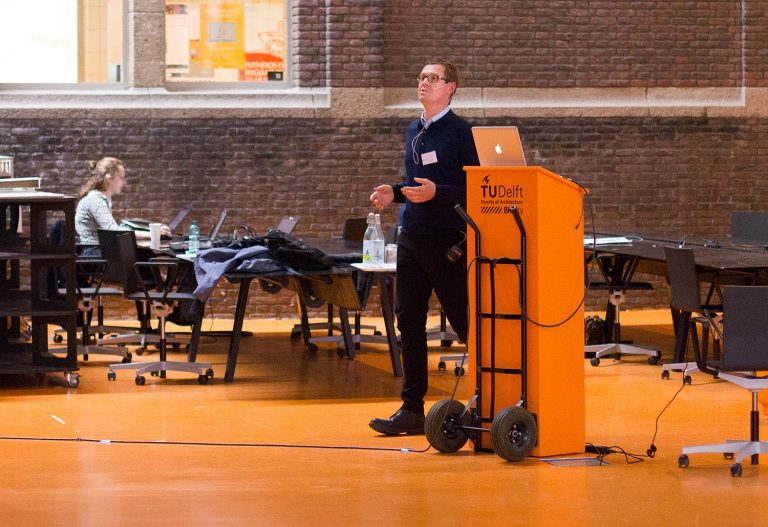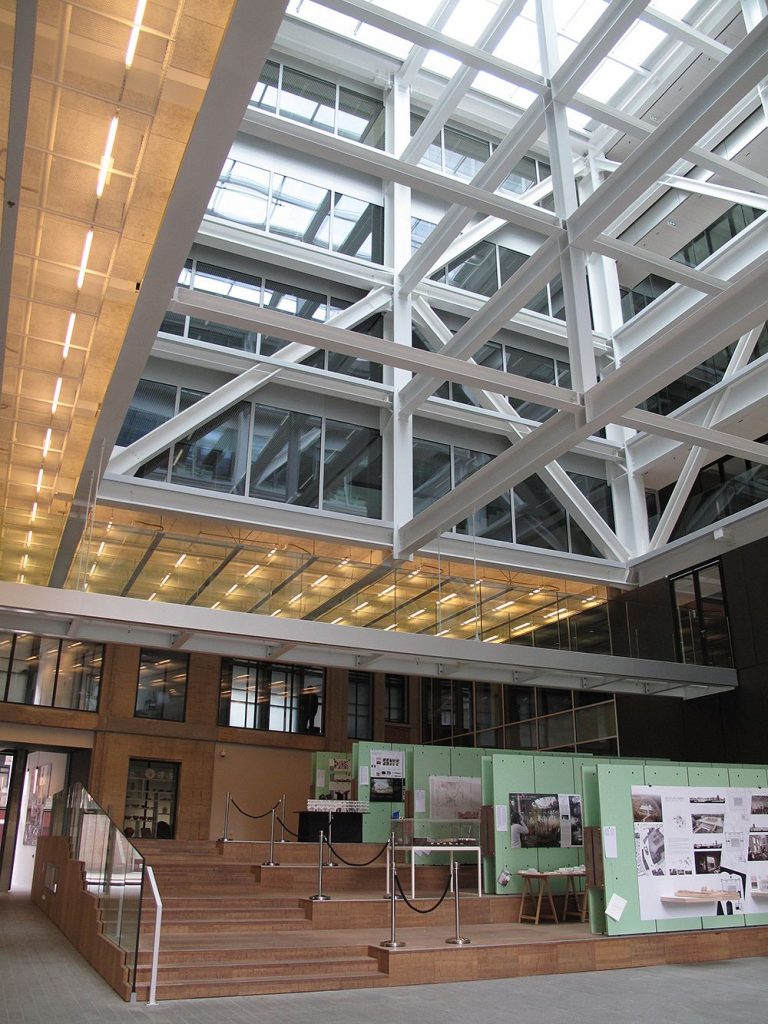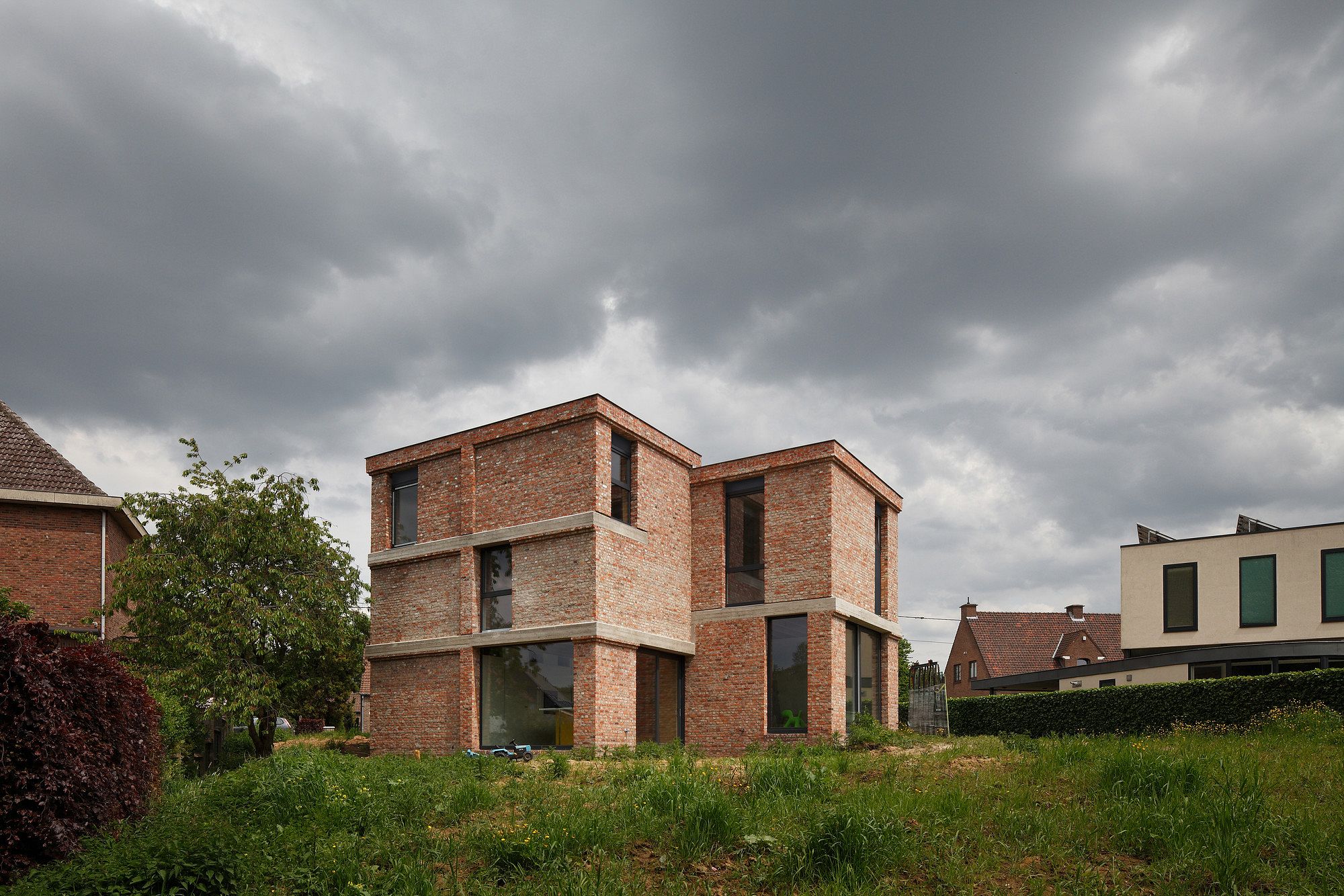Reusing building materials used to be the norm. When and why did we lose that habit and how can we reintroduce it? These were some of the questions at the Deconstruction symposium on April 24 and 25.
Demolition used to be a profitable enterprise. The returns on bricks, lumber, piping, marble, granite and window frames could be three times more than the costs of taking a building apart. That was during the time when people could afford to have the mortar removed from the bricks by hand.
Sometime in the first half of the last century, labour became too expensive and hydraulic power became too cheap. This combination led to today’s demolition practice of reducing buildings to rubble in the cheapest way possible. The resulting pile of debris may at best be used for the foundation layer of road building. The sustainability of this practice scores very low on both energy and materials. Building demolition is one the biggest contributors to environmental pollution.


Visiting Professors Lionel Devlieger and Maarten Gielen of the Brussels-based company Rotor pioneered salvaging building materials. They presented their work in the exhibition ‘Usus / Usures’ at the Venice Biennale in 2010. There, they showed that used building materials are less uniform and may be more interesting visually than new stuff because of the traces of wear and tear of daily use.
From there on, Rotor has explored the sustainability and reuse of building materials. This offered them the opportunity to scavenge the rich remnants of the Generale de Banque building in Brussels. This giant was a brutalist monster that turned out to house granite wall panels, massive chunks of tropical wood, voluptuous bronze door handles and ingenious lighting structures.
Rotor was awarded a Global Award for Sustainable Architecture in 2015.


So who better than Devlieger and Gielen to lead a 10-week design studio for thirteen master students at the Faculty of Architecture and Built Environment? They will challenge these students to rethink architectural design and history from the questions of re-use in the broadest sense imaginable.
During the ‘Deconstruction’ symposium kick-off, Devlieger introduced a number of related aspects such as certification of materials, legislation and engineers’ and designers’ current practices.
In the accompanying booklet, Associate Professor Dirk van den Heuvel noted that the concept of reuse might change the way buildings are regarded: “By reusing materials, buildings themselves can be reconsidered as repositories, not just of materials but also of knowledge and past practices.”





Comments are closed.